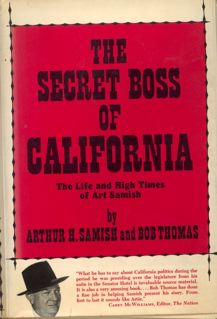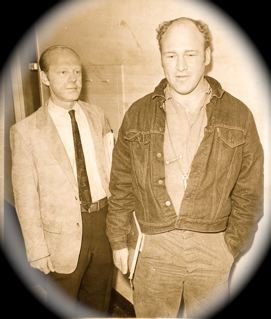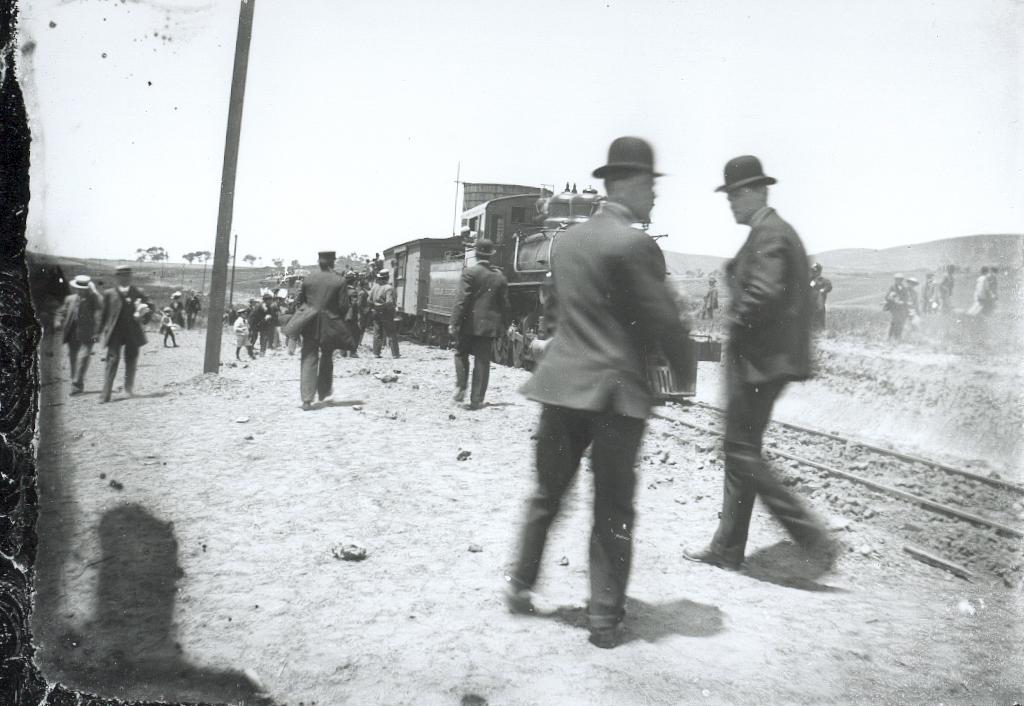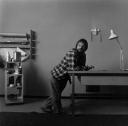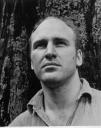On this coming Sunday, everyone on the Coastside will do what no one in San Mateo County did 77 years ago: turn their clocks back.
A crusading–and, as it turns out, crooked–lobbyist had convinced voters in 1930 to reject daylight-saving time, meaning they never had to push their clocks forward or or back.
It took a war, a drought, a prison sentence for super lobbyist Arthur H. Samish and a federal edict before San Mateo County finally was forced to join the rest of the country in 1966.
Samish took full credit for staving off the inevitable–crowing about it in his 1971 autobiography, “The Secret Boss of California.”
“I took care of it (Daylight Saving Time), ” bragged Samish in the book. “All proposals to introduce Daylight Saving Time to California were defeated.”
…To Be Continued…

